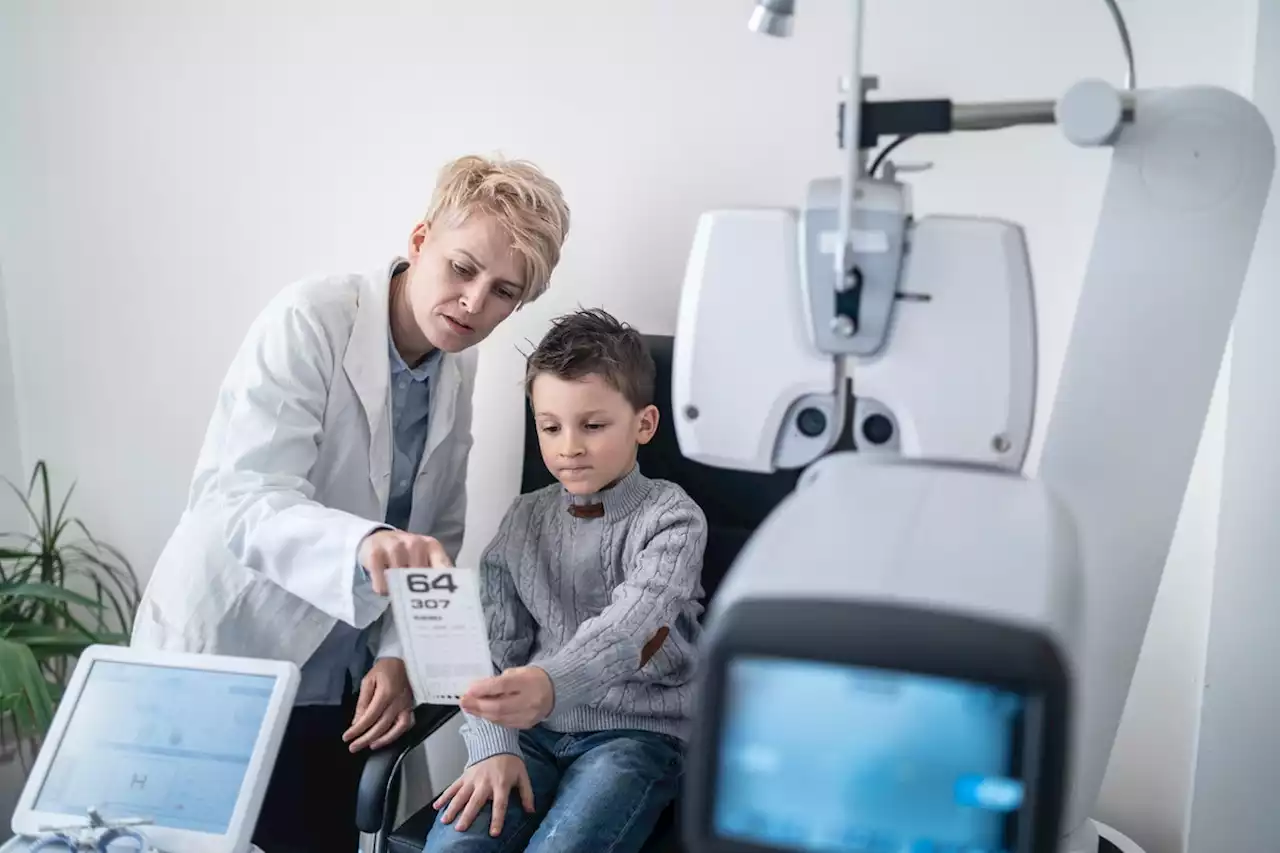A pediatrician shares the signs.
"We prefer to use the term 'color deficiency,' since it is extremely rare to have [actual] color blindness, where a person sees the world in only 'black and white,'" Hertle says. "All persons with color deficiency disorders have some perception of color, but it is different than normal." In short, children with color deficiency disorders may have trouble recognizing the difference between certain colors.
Color deficiency disorders in children are a genetic defect resulting from the loss of a retinal pigment in the "cone" cells, he adds. And because color deficiency is in the genetic makeup of the retinal cells, Hertle points out that it's permanent and not something a child can grow out of as they age.Color deficiency disorders are more common in men/boys than women/girls, with the condition affecting one in 10-12 men and one in 200 women.
"Men more than women [have color deficiency disorders] due to the fact that women carry the gene for color blindness on one of their X chromosomes without suffering symptoms, because females have a second 'normal' X chromosome while males only have one X chromosome," Hertle explains. "If the male child receives the abnormal X from mom with the color defect gene, the male child has symptoms.
According to Hertle, color deficiency disorders are typically suspected by families and formally tested for and diagnosed around school age, or when a child is between three and five years old. So, what are some of the signs and symptoms of color deficiency disorders in children that parents should look out for? Hertle says that if "the child does not react, name, or point out colors in the same way as other family members," it's a sign you should test them.According to Hertle, there are several standard, commercially available tests — many of which schools, daycares, and primary care offices use.
